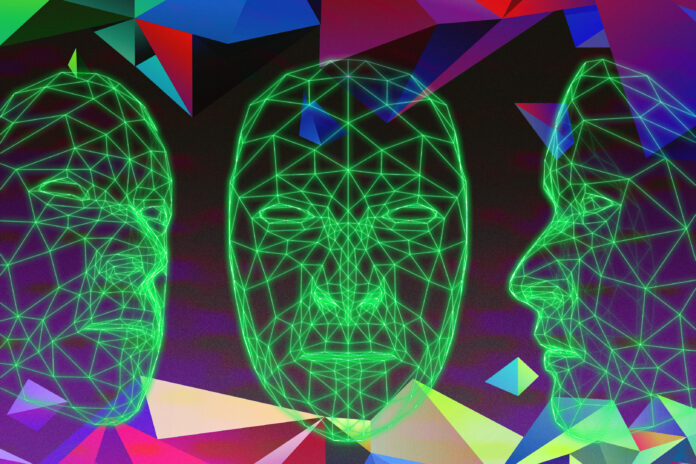Introduction to AI-Tocracy
Many people believe that authoritarian governments are weak when it comes to innovation. They think that these governments can’t keep up with new technologies, which can help their opponents and ultimately lead to their downfall. However, a new study suggests that this might not be the case. In fact, the study found that the Chinese government has been using AI-driven facial recognition technology to suppress dissent and has been successful in doing so.
How China is Using AI
The study, which was co-led by an MIT professor, found that the Chinese government has been deploying AI-driven facial recognition technology in response to public unrest. The technology is used to identify and track individuals who are participating in protests, and it has been effective in reducing the number of protests. The researchers found that in regions where there is more unrest, the government is more likely to procure facial recognition AI technology. This technology is then used to suppress dissent and maintain control.
The Cycle of AI-Driven Repression
The study found that the use of AI-driven facial recognition technology creates a cycle of repression. The government uses the technology to suppress dissent, which leads to more investment in the technology, which in turn leads to even more effective suppression of dissent. This cycle is what the researchers call an "AI-tocracy." The AI-tocracy is a system in which the government uses AI technology to maintain control and suppress dissent, which leads to more investment in the technology, and so on.
The Effectiveness of Facial Recognition Technology
The researchers found that the use of facial recognition technology is effective in reducing the number of protests. They studied the relationship between weather and political unrest in different areas of China and found that in areas where the government had invested heavily in facial recognition technology, the weather was less conducive to unrest. This suggests that the technology is effective in chilling unrest.
The Impact on China’s Tech Sector
The study also found that the government’s use of facial recognition technology is driving innovation in China’s tech sector. Firms that are granted procurement contracts for facial recognition technologies are more likely to produce new software products, which leads to more innovation. The researchers found that these firms produce about 49 percent more software products in the two years after gaining the government contract than they had beforehand.
Conclusion
The study’s findings suggest that authoritarian governments can use AI technology to maintain control and suppress dissent. The use of facial recognition technology creates a cycle of repression, which leads to more investment in the technology and even more effective suppression of dissent. This has implications for our understanding of the relationship between technology, economic growth, and political power. The study suggests that authoritarian governments can generate more growth than they otherwise would have by harnessing technological advances, which could lead to a new era of AI-driven repression.

